Making The Investment to Broadcast Sailing
Published on February 16th, 2016
During the 49er and 49erFX 2016 World Championship on February 9-14 in Clearwater, FL, a new standard for broadcast content was witnessed. After providing 5 minute highlight videos during the first four days, their live streaming broadcast on the final two days was comprehensive and engaging. Scuttlebutt editor Craig Leweck caught up with 49er class president Marcus Spillane for an update.
There was criticism at the start of the Worlds for the course location. Why was it positioned in front of the pier on Clearwater Beach?
We went there primarily because of the live audience which is more populous on the beach at that location. We were also using the pier as a relay for the technology to produce live coverage and had our broadcast studio set up in the lifeguard station.
You enlisted some heavyweight commentators.
Andy Rice, who is a former 49er sailor and a pro commentator, and Peter Lester, who competed in the America’s Cup and is also a pro commentator, were the primary voices. They were supported by Marcus Baur, an ex 49er Olympian, who was doing the SAP Analytics. These three called the races from shore, but then we had class manager Ben Remocker, who is also an ex 49er Olympian, on the water with a camera for interviews, and pro commentator Katy Nastro was our boat park interviewer as the sailors came ashore.
What was the camera plan?
We had one drone camera that was flown from the end of the pier. There were three cameras onboard racing boats, one camera on a sideline boat, and one camera with a long lens at the end of the pier. Then there was Ben’s camera that was used for interview in between the races and Katy’s camera in the boat park. A total of eight cameras.
You had trackers too.
We had them for the gold fleet, which was the top 25 teams, and then for the top ten that were in the Medal Race. The trackers fed information for the SAP analytics so we could provide that during the broadcast.
Did the course need to be a certain distance from shore?
It needed to be close enough for onshore viewing and filming, close enough for commentators to be able to see, and close enough for drone flying but obviously balancing the closeness with fairness for sailors.
And the cost estimate to deliver the broadcast?
Between 5 and 6 figures per event. It’s not cheap but when compared to the level of broadcast we were exposed to during the America’s Cup in San Francisco, we are providing an extensive product yet operating at a fraction of that cost.
Who pays for the broadcast?
That information is confidential but it is a mix of class funds and sponsors. We distributed the worlds feed online worldwide and Sky NZ featured it live.
Why make this kind of investment?
As a class we are eager to tell the story, to showcase the heroes of our sport, to engage our fans, and try to figure out how best to broadcast sailing in an entertaining and engaging way. The class has been producing live coverage with SAP now for a few years and improving all the time.
Replay of live coverage from Saturday, February 13:
Replay of live coverage on Sunday, February 14:


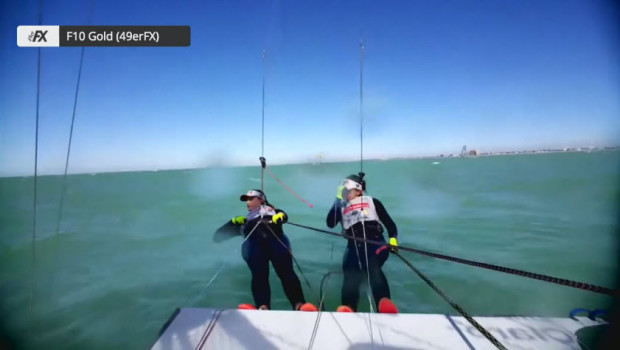


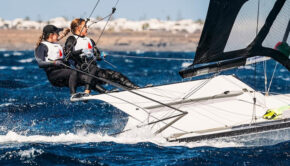
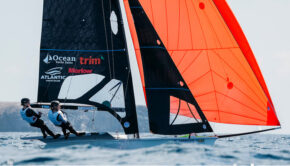
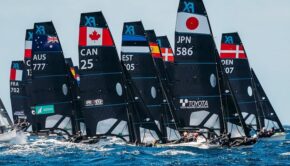
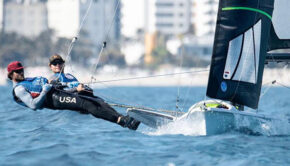
 We’ll keep your information safe.
We’ll keep your information safe.